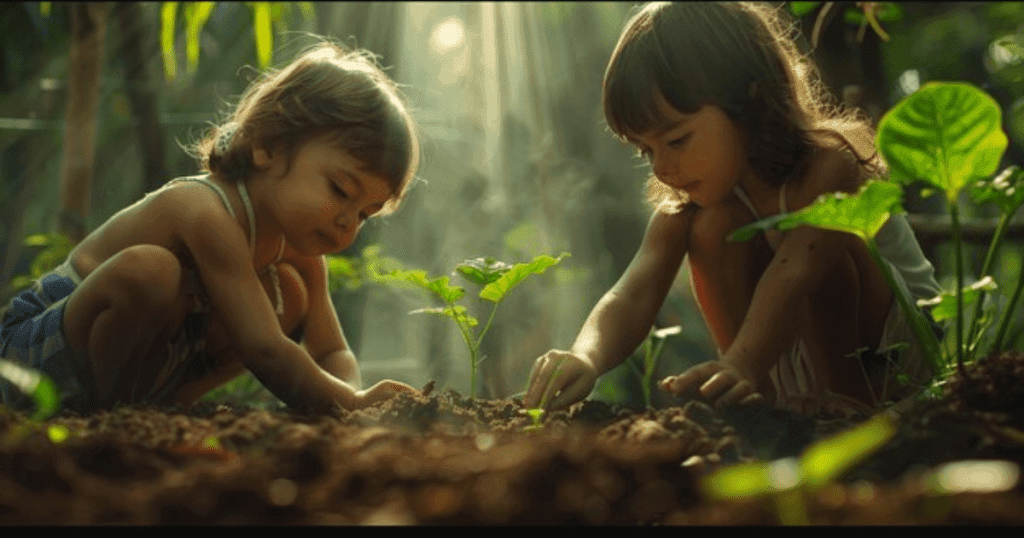Global Impact of Humane Rescue Stories
The feel-good story of rescuing the bear cub is not in isolation. Similar stories of rescue of various animals-although bears figure dominantly-occur worldwide, with some instances involving elephants, sea turtles, and birds of prey. These stories resonate with humanity from around the world, reminding us of the shared responsibility to protect wildlife and safeguard their habitats. Whether it is a squirrel caught in a tree or a whale caught on a beach, every rescue is reflective of the deeper struggle by humans to coexist with nature.

The reach of these rescue stories extends beyond the immediate circumstances of saving animals. Animal rescue and wildlife protection have become global movements that are supported by international organizations, such as the World Wildlife Fund (WWF), International Union for Conservation of Nature (IUCN), and countless local groups. All these organizations are working hard to spread messages about the danger threats facing wildlife and human activities that may contribute to these threats. In conclusion, rescuing the bear cub exemplifies how people throughout the world can take a step in protecting animals’ welfare through donations, volunteering, or social awareness through social media.
One very important effect of such stories of rescue is that they raise awareness of much bigger issues involving biodiversity and the conservation of the environment. Such stories have a ripple effect, where one action can inspire thousands to take action. The more people encounter and engage with such stories, the bolder they become to speak out in support of policies safeguarding wildlife, making more responsible choices day-to-day, and actively pushing for greater legal safeguards on endangered species. For example, the viral video of the bear cub might have reached audiences who never considered how their everyday choices affect wildlife, leading them to change their behaviors and take steps to reduce their ecological footprints.




